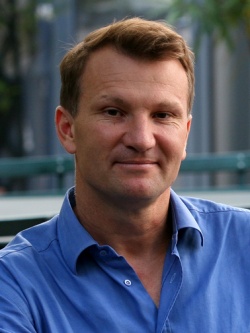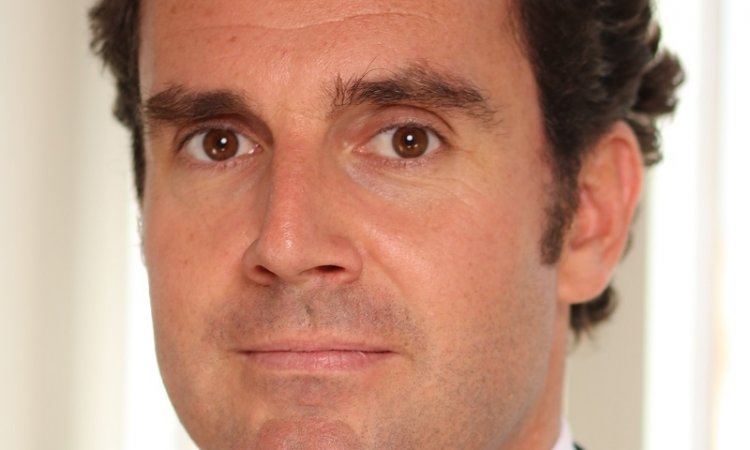Management
A challenging shift from cure to care
Healthcare systems need to move beyond reform and transform services delivered outside hospitals for the chronically ill patients. After 20 years of reform and reorganization efforts, many countries in Europe continue to deliver antiquated and inadequate care for chronically ill patients, according to Yann Bourgueil, the Director of the Institute for Research and Information in Health Economics (IRDES) in Paris, France.
Report: John Brosky

Many of these initiatives have been implemented slowly or have met with outright resistance. In some cases they have been simply abandoned, and considering the expectations for change, success has been limited. Bourgueil suggests the difficulty comes from hospitals and large organizations trying to extend their model for curative activities rather than looking to alternative approaches that allow more innovative models for patient care.
At the 18th European Health Forum Gastein, Bourgueil will offer insights into the French experience during a workshop on “Improving the Skill-Mix for Chronic-Care.” When it comes to caring for the chronically ill patient, he said, healthcare institutions tend to concentrate on tools and technologies to externalize services. For example, great expectations are placed on electronic medical records (EMRs) and information technologies (IT).
”You are not going to suddenly create coordinated care for patients by introducing IT like some magic wand that will solve all the problems,” Bourgueil emphasised. ”IT can only come in support of a coordinated care that has already been established through changes to the culture among care givers.”
Today we have sophisticated telephones, yet care professionals do not even use these to cooperate where they have not learned how to cooperate, he said.
”The challenge we all face is to change the culture so there is a willingness to work together, where there are common objectives, where we have provided the right training, and have made sure the incentives support this organization of care and team work,” he said. ”Healthcare is a human activity, and if we want to change a process of care, then we need to change how people work to deliver that care,”" said Bourgueil.
The fundamental challenge is that care today is still centred on the hospital, and with chronic care, the centre of gravity shifts away from the hospital to the community. Yet financial incentives continue to be built around the separation of specialties in a hospital.
In France, patient ambulatory care continues to be guided by principles that were defined back in 1927. Doctors, nurses, physical therapists, pharmacists and even social care workers are all paid a fee for a specific activity or medical act, and, as Bourgueil pointed out, these actors required for coordinated care do not have an incentive to spend time with a patient beyond that activity, for example for education or counselling, to explain to the patient how to deal with their condition or the prescribed treatment.
Unfortunately, the coordination of these different services most often depends upon the patient, or the patient's family when there is such support. As a result, chronically ill patients tend to be heavy users of the emergency medical network, which often puts them back in the hospital.
Training in new skills and aligning incentives to reward coordinated care become critical to transforming chronic care delivery.
"We have a great opportunity to effect change in France at this moment because there is a change underway in the workforce with young doctors and allied health workers who have different expectations than the older generation,” said Bourgueil. ”This new generation is more open to the idea of working in teams, to sharing the workload with other professionals, and they are open to new methods of payment.”
He recognizes many new opportunities to facilitate change with the tools and techniques available through IT when applied to an appropriately transformed approach, including a great opportunity to accelerate change through the emergence of patient groups that bring a new kind of organization into the mix, one that is specific to the needs of their members and which is an active player in this landscape. ”These are good levers for bringing about change,” Bourgueil is confident, “and though it is a slow process, it will takes some years but we will see a lot of change.
01.10.2015











